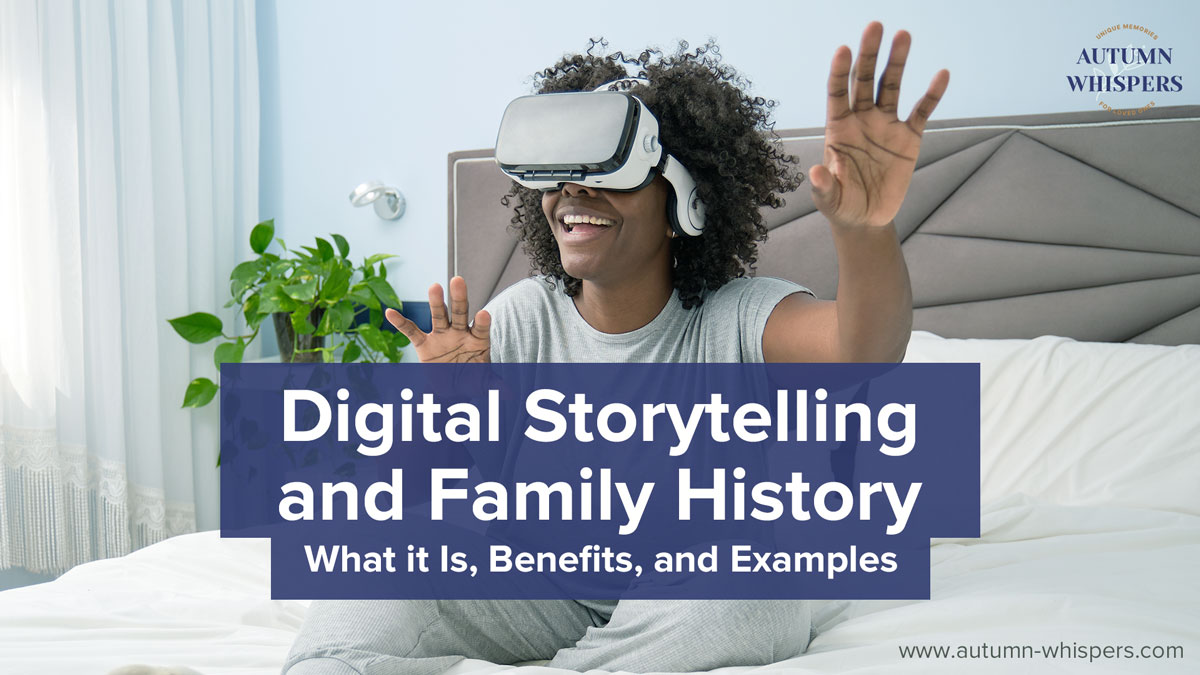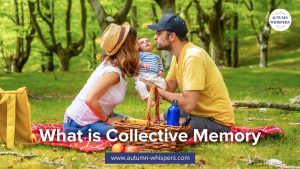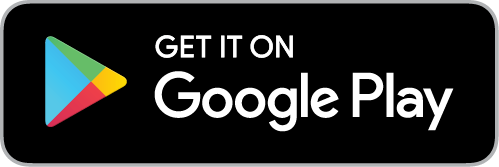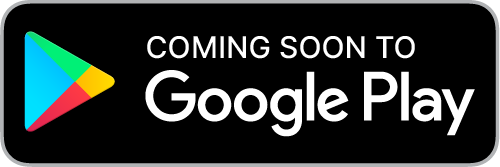For many families, telling and sharing stories has been a long-held tradition that binds one generation to the next – providing an opportunity for elders to pass down lessons and history.
Today, digital storytelling offers fascinating new ways for families to connect with their past. From interactive animations to compelling audio recordings, this technology brings family history alive, allowing everyone in the family tree to share stories across generations.
Let’s explore what digital storytelling is and how it can help your family disclose its rich past.
What is Digital Storytelling
Storytelling is the vivid explanation of beliefs, ideas, life lessons, and personal experiences through narratives or stories that evoke insights and emotions. Storytelling uses tales to share, value, and capitalise on people’s knowledge.
Digital storytelling uses computer-based technology to narrate stories or convey ideas. Digital stories are multimedia presentations that combine various digital elements in a narrative structure.
Unlike traditional storytelling, which relies on materials on physical media like tapes, paper, film, and discs, digital storytelling utilises material stored in electronic files. In addition to text, audio, images, and videos, digital storytelling includes interactive components such as maps and social media features.
Using all these elements helps digital storytellers to present compelling and emotionally engaging stories. Moreover, with smartphones, tablets, and computers, digital stories can connect people irrespective of physical location barriers.
Benefits of Digital Storytelling
Even before digital storytelling, traditional storytelling had advantages over other communication techniques, such as letters and speeches.
1. Facilitates Communicating of Family History
Storytelling, especially digital narrations, helps to share difficult-to-convey information because it allows for expression of emotions and facts.
Complex concepts such as understanding your family background or family tree will require storytelling. A letter or electronic mail cannot explain in detail how your family came into existence.
Storytelling helps uncover this hidden knowledge in an engaging way. A digital story recorded by your grandparents can help you understand your family tree better than a family album alone.
A digital narration can evoke emotional persuasion to help people learn about their family history.
Lastly, conviction in digital storytelling can trigger reminiscence in older individuals with dementia and help them to recall their family history.
2. Encourages Meaningful Knowledge-Sharing
Digital storytelling expands the potential for meaningful information-sharing by offering a broader context to pass information. It is an innovative way for people to share their stories by incorporating digital media with images, voices, music, and video.
Images, voices, videos, music, and other digital aspects facilitate information delivery across generations.
Young people can easily understand their family history when elders use digital storytelling features in their narrations. For instance, you can easily understand your family history when your grandparents narrate it using images and video. This is because the digital features of the narrations make one feel like they are part of the story.
Additionally, it will be easier to remember digital stories as they evoke emotional and physical attention.
3. Digital Stories Facilitate Learning and Preservation of Information
Digital storytelling amplifies the probability of learning happening with future generations due to the grounding facts in a storyline structure.
It is easier for young people to learn their family history from a well-organised digital narration than from reading a family history book.
Digital family stories remain in the family lineage for a long time. Digital records can be preserved in cloud storage, which can last for centuries.
Anyone, including older people can utilise digital storytelling and become better at using it to communicate using family friendly storytelling apps like Autumn Whispers.
Examples of Digital Storytelling
Like traditional stories, digital storytelling has numerous examples that use weaving text, audio, and visuals to develop enlightening and captivating users’ experiences.
They include:
- Virtual Reality
- Augmented Reality
- Animation
- Blended Media Stories
- Scroll telling
- Interactions
- Video
- Audio/Sound Story
- Story as Timeline
- Wordless Interactive
- Short Form (Animated GIF)
Conclusion
Digital storytelling can help a family preserve its history for a long time. Families can store their digital stories on cloud, protecting them from physical damage by fire or water.
Digital storytelling has emotional and factual content that can help people with dementia to recall their family history.













